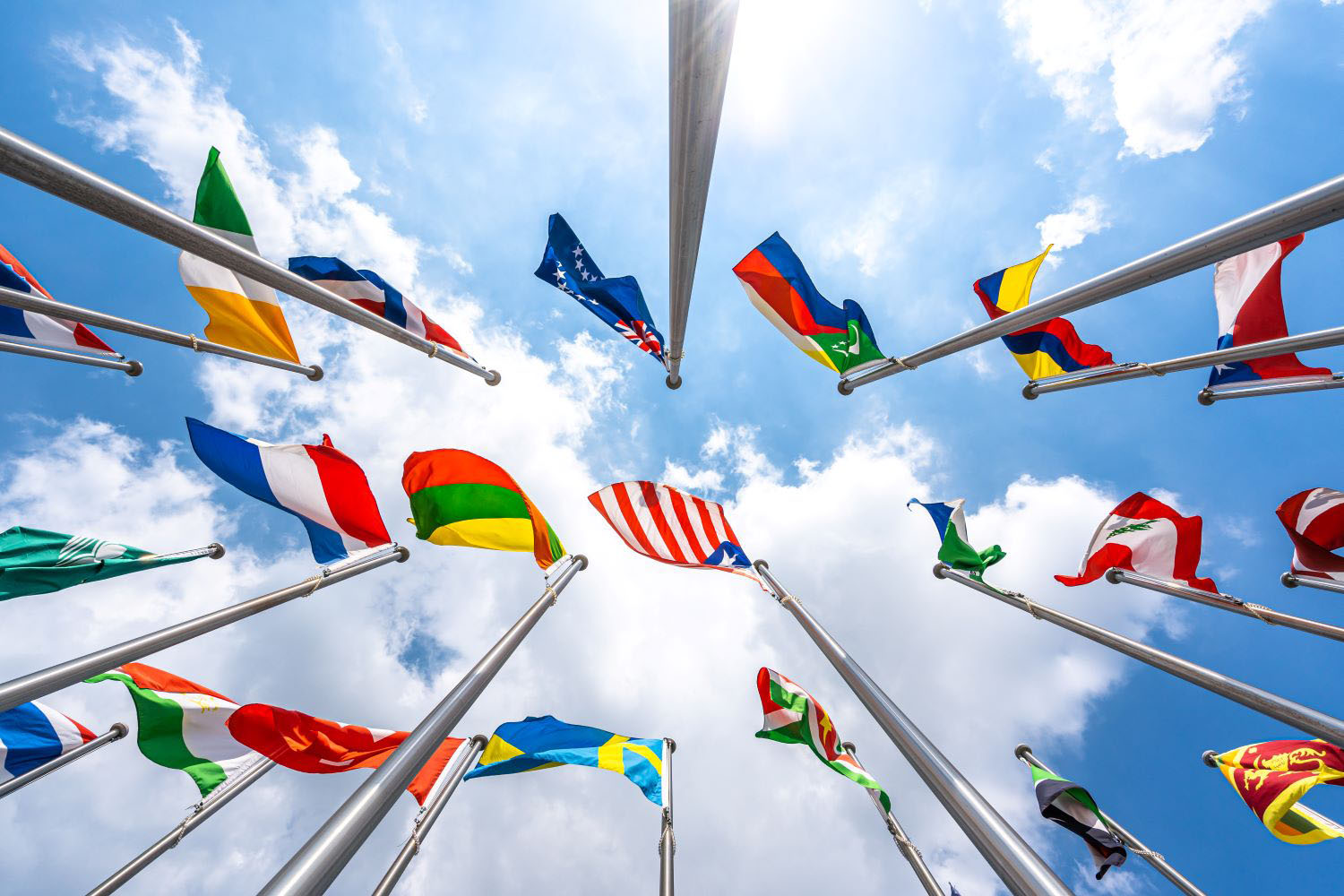The momentum seems to be building for a goal to “eradicate poverty by 2030.” Reducing poverty is a noble goal, one to which I fully subscribe. But the “eradicate poverty” campaign is actually only focused on “extreme” poverty which is an absurdly low and completely arbitrary definition of the poverty. I am for eradicating poverty, but real poverty, as experienced by billions of people in the world, not on the extremist vision of “dollar a day” poverty. There is no poverty line at a dollar a day (now really $1.25 in purchasing power parity currency units). A dollar a day global poverty line exists nowhere except in the minds of elite technocrats, advocates, and donors.
What would a “line” look like? There is line at 0 degrees Celsius. Below that line water is solid and above that line water is liquid. As water crosses the freezing point it changes states—it freezes. Similarly a person can be said to “have a fever” because we know that the normal, healthy human temperature is 37 degrees Celsius (98.6 F) and temperatures much above that are a reliable symptom of certain infections.
In contrast, as people cross the “dollar a day” poverty line…absolutely nothing special happens to anyone anywhere.
There is no line at dollar a day in objective indicators of well-being. The wide availability of multi-module household data sets allows us to construct graphs showing the relationship between non-money indicators of household and child well-being--like malnutrition or health or child enrollment or access to sanitation or access to electricity--and household economic status for dozens and dozens of countries. As people get more prosperous they are nearly always better off by nearly every indicator—but there is no line. There is no discontinuity or sharp non-linearity around a dollar a day poverty line in any country for any indicator.
There is no line at dollar a day subjectively assessed well-being. In the entire research on subjective well-being or happiness no one has ever argued people are happier or feel better about life because they are “not poor” by the dollar a day standard (any more than any other gain in income). No person in history has ever celebrated crossing the dollar a day threshold—any more than any other income gain—there is no line.
There is no line at dollar a day in income dynamics. One might think a poverty line exists that demarcates a “poverty trap” and that people “in poverty” have a hard time escaping poverty—except that it doesn’t. All of the available evidence that tracks households over time finds enormous fluidity across the dollar a day threshold--and no evidence that it is harder to increase incomes from just below than just above—there is no line.
The epigraph to Marshall’s Principle of Economics was natura non facit saltum—nature doesn’t jump. The idea that people in a state or condition called “poverty” below dollar a day and are discontinuously not in poverty above that line--and that this matters in any way to the reality of people’s lives--belies this common sense and beggars belief. And rightly so, it is demonstrably false.
There is now a polite phrase for “just making stuff up”—it is called “social construction.” All will agree that the dollar a day line doesn’t exist in any objective sense--like the freezing point of water or having a fever-- but rather that poverty itself and the dollar a day construal of poverty are a “social construct.”
But what is the “society” in which a dollar a day poverty line is a “construct”? Poverty as a social construct varies widely across people (not surprisingly, richer people think it takes more money to not be poor), across communities (which when allowed to construct poverty definitions do not converge either on per capita income or consumption expenditures as the exclusive standard nor on dollar a day as a line), and across countries (only very few countries have adopted anything like “dollar a day” as their own national poverty standard). Dollar a day is not a social construct that people commonly have that is being described by outside experts, dollar a day was invented by technocrats.
Dollar a day as a global poverty line is a recent, dating only from the 1990s, created and propagated and treated as a relevant reality only by a narrow group of technocrats, mostly working in and around donor agencies. The “society” of which dollar a day global poverty is a construct is the tiny cosmopolitan “thousand dollar a day” crowd of elites.
No developed country accepts a standard of poverty for their citizens of less than ten dollars a day—and most have poverty definitions much higher than that. Work in Latin America by Nora Lustig and Nancy Birdsall and others suggest the “new poor” in Latin America are those below ten dollars a day as well. So why does the thousand dollar a day crowd try to project an imaginary (and extreme) poverty line into a world in which it doesn’t exist—even as a social construct? The supposedly benign rationale is that this “increases focus on poverty” is completely circular. “Focusing” on reducing dollar a day poverty is only good if focus on those below the line is good which is good if there is a line—but there is no line.
By definition “focus” on one thing blurs another. There are roughly 5 billion people on the planet who are poor by any OECD standard of poverty—and, as I have argued elsewhere--by a reasonable global standard of poverty--but who, the dollar a day definition of poverty says at not poor. An increased “focus” on the dollar a day poor reduces attention to the legitimate and pressing need to improve the lives of these 5 billion. A goal for “eradicating extreme poverty” that excludes the concerns and needs of 5 billion people from the development agenda in favor of the elitist agenda of dollar a day is not progress.
With the rich countries feeling burdened by their own economic problems and fiscally strapped, re-defining development down to a lower, less ambitious, standard will certainly find powerful allies. But the one-two punch of redefining “development” as “poverty reduction” and then redefining “poverty” as “dollar a day” completely changes the historical nature of development as goals for the creation of prosperous, democratic, capable and equal nation-states into the limited and penurious concept of development as just cost-effective charity work.
In the surrealistic Mulholland Drive the director David Lynch plays with our sense of reality. In the ironically named Club Silencio an emcee loudly insists “No hay banda, There is no band” even as a band is heard—and then seen--playing music—but these are then revealed as an illusion. No matter how much rhetoric you hear about “eradicating extreme poverty by 2030” remember: No hay linea, there is no line.
Disclaimer
CGD blog posts reflect the views of the authors, drawing on prior research and experience in their areas of expertise. CGD is a nonpartisan, independent organization and does not take institutional positions.





